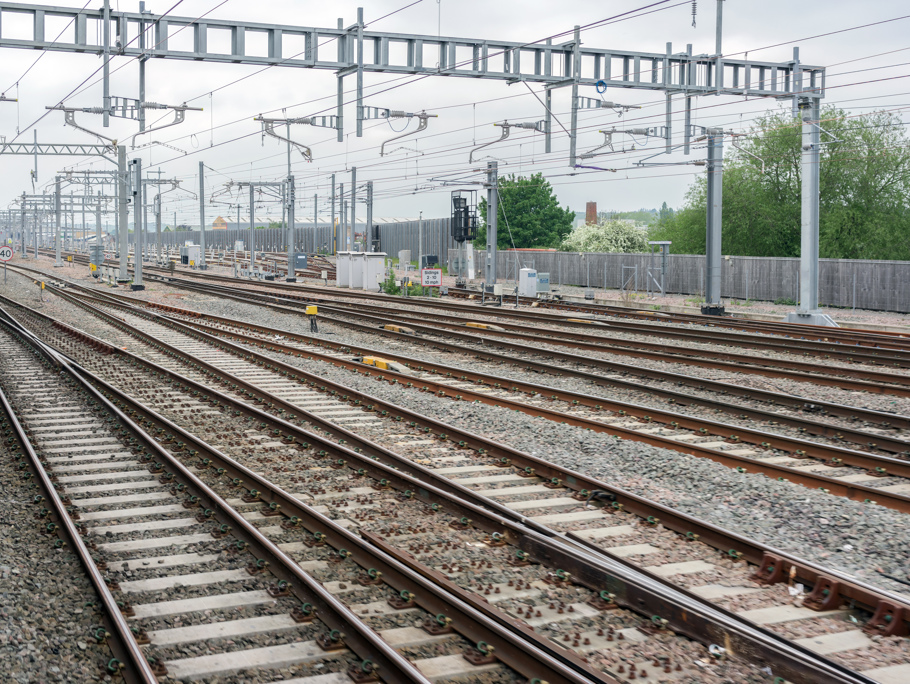Amey found an effective way to eliminate signal sighting problems caused by the construction of overhead line equipment (OLE).
As part of its contract with Transport for Wales (TfW) to transform the Wales & Borders rail network, Amey is renewing and modernising the Core Valley Lines (CVL) north of Cardiff.
Key elements of the programme include the electrification and re-signalling of the network, requiring the installation of new OLE.
Tight budgetary constraints coupled with the challenges of an ageing infrastructure have led Amey Consulting’s engineers to take a smart approach to design wherever possible. A good example of this is the development of a design review process that significantly improves the outcome of OLE design schemes.
It is essential that train drivers have a clear line of sight to signs and signals. When an OLE scheme is designed, there is a risk that the support structures, once built, will impede the drivers’ view. The traditional design process, based on production of 2D and 3D models at the outline stage, is not always sufficient to pick up a potential obscuration, leading to time-consuming and costly reworking of the design late in the project.
The CVL transformation project added a further challenge due to the vast amount of signalling and track changes that were being undertaken at the same time as the OLE design. Traditionally track and signalling changes are undertaken in advance of the OLE design, however, to meet the project timescales and budget an alternative solution was required.
The OLE team addressed the issue by developing a design review process that helps to ensure sighting problems are identified and resolved at an early stage. Sight lines are now drawn on outline design Stage C OLE layouts to check that structures are not placed within the drivers’ lines of sight. Any issues are logged and discussed by the team, and the model is modified as necessary.
At detailed design stage, a full 3D signal sighting check is conducted using Gioconda virtual reality software and high-definition video, providing a realistic view of the built scheme. Any obscuration is addressed and the changes are confirmed by the signal sighting chair at the interdisciplinary design check (IDC).
The simple idea of drawing sight lines on to OLE models at an earlier stage has reduced the need for reworking and multiple passes of designs as well as avoiding post-construction problems – all helping to save valuable time and money for the Client.
